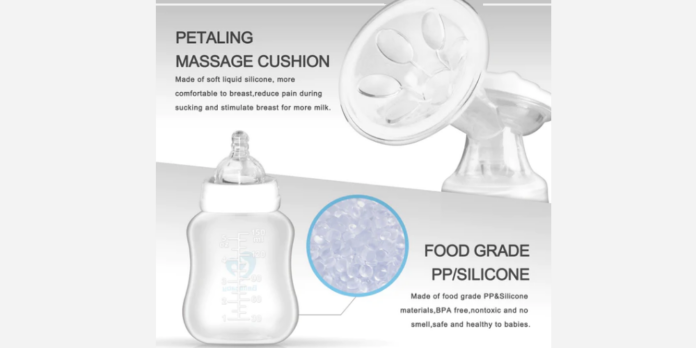In addition to the breast pump itself, which is unquestionably the single most important piece of equipment for pumping, there are a wide variety of breast pump accessories and devices available on the market today that can make your pumping sessions much simpler and more efficient. Without these eleven essentials, you won’t be able to pump breast milk successfully.
Hands-Free Breast Pump or Bra
A pumping bra often called a hands-free bra, is a special bra designed to keep your breast shields while you express milk. As a bonus, this allows you to multitask while pumping, which is great news for working mothers. When you’re in a rush, getting into a pumping bra with straps can be difficult, which is why some manufacturers have eliminated them.
Flanges
Breast shields, also known as flanges, are a form of plastic attachment that can be used with breast pumps. They create a seal by going over both the nipple and the areola. The gentle pulling action is required to extract milk when the nipple has been positioned within the flange tunnel. If you want your pumping job to go well, you need to choose the appropriate flange size.
Tubing
Simply put, this tube is made of transparent plastic that runs from the pump motor to the flanges. Using the connector and the breast shield together, milk can be transferred from the mother’s breast to the baby’s bottle. The tubing is a unique and delicate component of the pump that must be treated with care at all times. If the tubing is damaged in any way, the pump will not be able to provide optimal suction for the mother.
Valves
Valves are pieces of plastic slots into the flange below the membrane, allowing pumped milk to drain into a collection bottle. Duck valves, sometimes known as duckbills, are one-piece silicone devices that resemble a duck’s beak. When the pump motor pushes on the valve, they expand and contract, generating the suction needed to draw milk from your breasts.
Membranes
To the valve is linked a small, flexible plastic membrane. The result is suction. This is the part that needs replacing the most often. The amount of milk you can pump is directly related to the condition of your pump’s membranes.
The 100 percent silicone membrane prevents milk from leaking into the pump tubing and works in tandem with the other pump components to provide powerful suction. Maintaining that suction over time will be aided by periodic membrane replacement.
Milk Collection and Storage Bottles
The milk collection bottles screw into the flanges, holding the milk when pumping. When storing expressed breast milk, do so in sterile breast milk storage bags or other approved food containers. The containers should be airtight and constructed of sturdy materials like glass or plastic. If the recycle sign is a 7, it means the bottle contains BPA, and you should not use it.
You will be taken to the site by clicking here, where you can read further about the many components and add-ons that were just mentioned.







